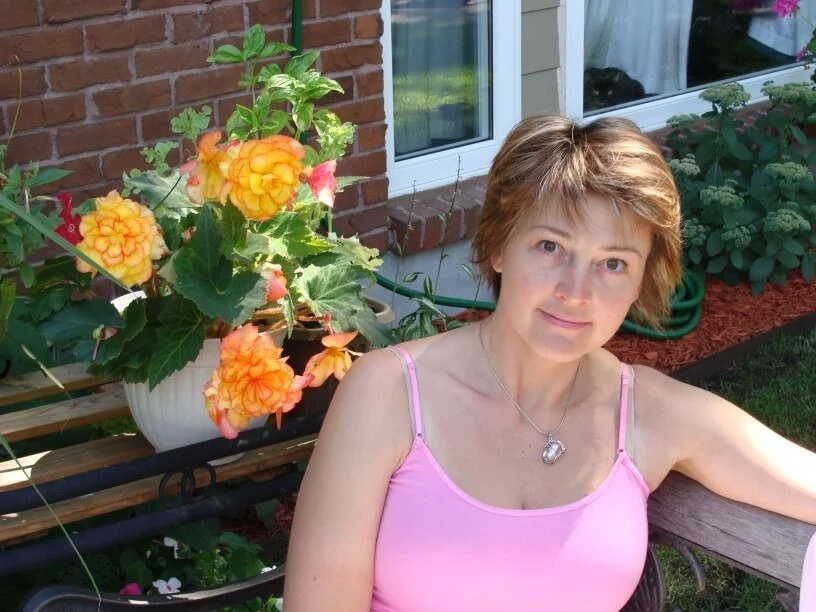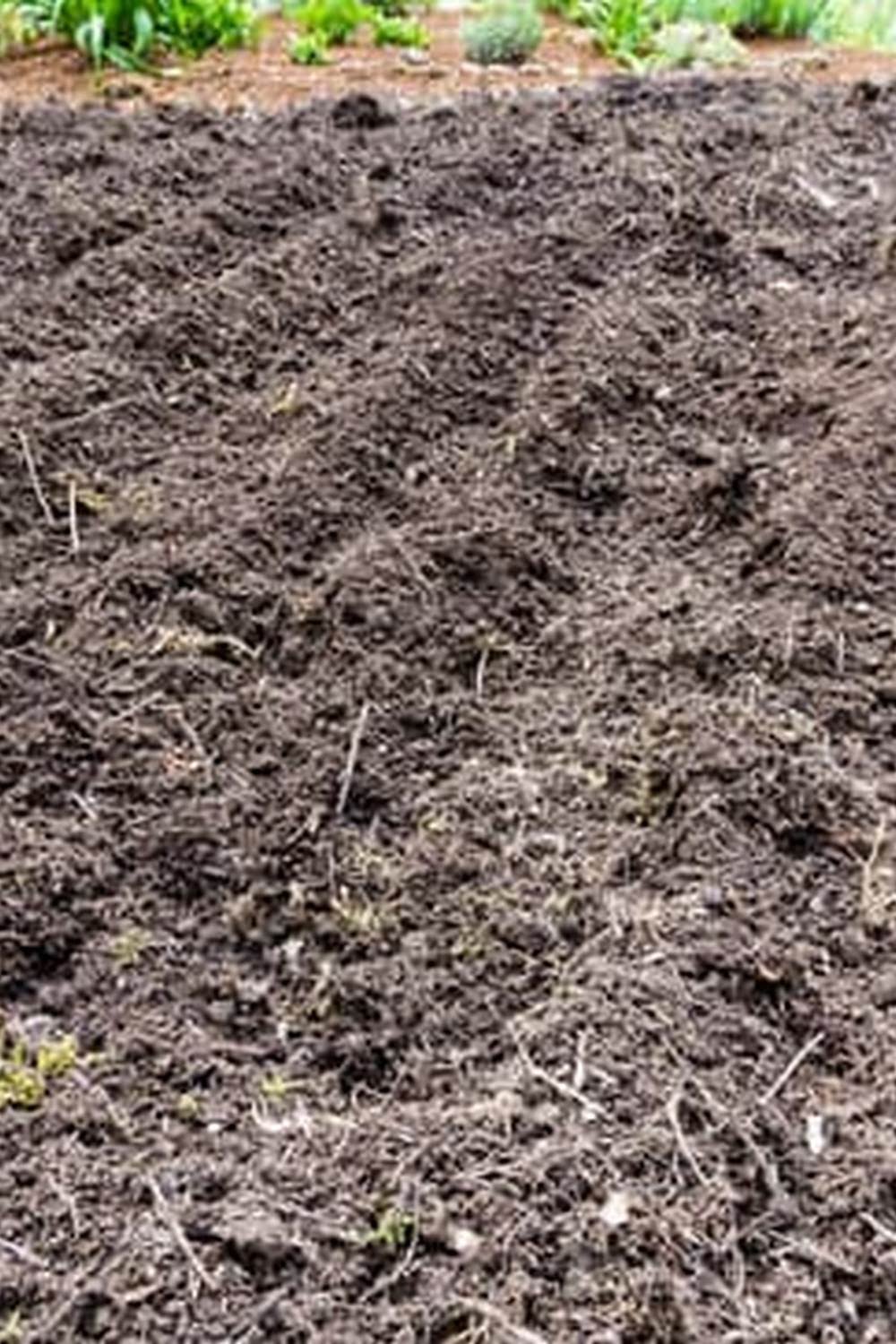Addressing Space Restrictions in Container Gardening
Container selection for a vegetable garden has to be chosen carefully as the size and style of container needed can vary greatly depending on the type of vegetables, which are going to be planted. If a lot of space is available – large, deep pots should be chosen for most vegetable types. However, if you have limited space, than shallow containers may have to be used. Stacking can also be used when necessary – this involves placing smaller pots inside larger ones (with drainage holes) to fit multiple plants in a single area.
Secondly, it is important to maximize the space available when creating a container garden. It is best not to plant all similar or different vegetables in one large pot; instead divide them up and create two or more smaller pots that can be spaced out and placed at different angles in order to maximize your space. Additionally, our container garden should include mulch around each container to help maintain soil nutrients and moisture evenly throughout the season as well as adding a layer of organic compost during planting and at least once every few months throughout the growing season. Finally, utilizing vertical gardening techniques such as hanging planters can also help to maximise your available growing space by putting plants into areas off the ground that may otherwise go underutilized.
Composting for Container Gardens
Setting Up a Compost Bin:
When setting up a compost bin for your container garden, you will need to consider the size of the area, as well as its location. If you intend to add kitchen scraps and other organic material to the bin, then it is typically best located close to your house for convenience. It is also thoughtful to move the bin away from areas where people congregate or sit outside in order to avoid unpleasant odors. To begin composting, make sure your compost bin is easily accessible and able to hold heat and moisture during the breakdown process.
Materials to Add:
Composting materials can be broken down into two main categories: greens (nitrogen-rich sources such as fresh grass clippings or vegetable scraps) and browns (carbon-rich materials like dried leaves and shredded paper). By adding both types of materials in equal parts, your soil’s microbial activity will increase more quickly, improving the quality of your soil over time. It’s also important that you only use organic material – materials such as meat scraps or dairy products should be avoided since they attract unwanted pests and may even contaminate the compost with harmful bacteria.
Using the Compost when Ready:
Once your compost has completed its cycle and has turned into a dark nutrient-rich soil additive it can be used liberally around your garden. Work this new material carefully into the existing soil around each individual plant at a 2:1 topsoil-compost ratio until fully mixed in properly. Doing this around each plant will give them an extra boost of essential nutrients but be sure not to overdo it – too much compost can kill whatever vegetable you’re trying so hard to grow!
Seasonality in Container Gardening
Container gardening is an excellent way to grow fresh vegetables, even if you only have limited space. However, it is important to be aware of the seasonality that affects what vegetables are best for which times of the year. In general, cool season vegetables such as kale, broccoli and lettuces are more suitable for cooler climates and should be planted from late winter to late spring. These vegetables will usually provide a harvest within two months or less.
Warm season vegetables like tomatoes, eggplants, peppers, squash and cucumbers are generally grown in warmer climates and should be planted when all danger of frost has passed; typically in late spring or early summer. These plants tend to take around three months or longer before they harvest their crop, meaning that container gardens located in cooler areas may need protection during cold spells.
To maximize your vegetable harvest with a limited growing season requirements, succession planting may be used by planting staggered crops throughout a set period of time so that new seeds germinate at regular intervals throughout the season. This allows for multiple harvests from each plant type over time rather than one large concentrated harvest at the end of the season which can quickly overrun a garden with a surplus of produce. Additionally, ensuring good soil quality and adequate water levels can also help you get the most out of your container garden regardless of its size and location.
DIY Projects to Enhance Container Gardening
Creating DIY dividers and trellises for container gardens is a great way to enhance your container garden. Dividers can divide the soil for different plants, help provide stability, or assist with erosion control. Trellises can also provide support for climbing vegetables like peas, beans, and tomatoes.
To create a divider, use wooden stakes and wire mesh. Line the stake up along each edge of the container in a perpendicular direction and secure with wire at both ends. To make a trellis, place four stakes within the container and wrap twine from one stake to another inside out creating a diamond shape. Attach this diamond shape to each stake by simply tying off the end of the twine with fishing line or similar material that has been secured to each end of the stake.
There are many creative ways to use containers for plants as well. Gardeners often use trays or bins that can hold multiple small containers or pots together. This allows them to create mini vegetable gardens by planting multiple types of plants in one single large pot or tray. Also, try lining up several individual short stackable outdoor planters on a shelf unit such as wheelbarrow pots or thick-walled terracotta planters filled with herbs and leafy vegetables such as lettuce or spinach. You can also hang flower baskets adorned with trailing vegetables such as cucumbers, squash, tomatoes, beans etc., providing easy access for harvesting without taking up any precious garden space!
Using Containers for Drip Irrigation
Setting Up a Drip Irrigation System for Container Gardening:
To set up a drip irrigation system for container gardening, you will need the following materials: A timer, hose, shut-off valves, emitters, stakes, and tubing connectors.
1. Begin by attaching the timer to your outdoor spigot or faucet with the hose. You can get timers with a digital or manual dial to control when water will flow into your containers.
2. Connect the shut-off valve to the other end of the hose and attach it to your garden bed or container surface. This will help regulate water flow from the timer.
3. Attach emitters at regular intervals along a length of tubing that runs out from the container(s) surface areas. Emitter release rates should adjust based on plants’ needs and soil type in order to ensure proper hydration levels in your container garden vegetables are achieved throughout the growing seasonsoak thoroughly but don’t overwater plants).
4. Stake each emitter at ground level where it’s easy to see and access when needed; this helps keep them secure while they’re carrying water into yourcontainer garden vegetable roots!
5. Make sure all tubing components are properly connected – double check that no holes or cracks exist in any portion of your tubing system setup before running pressurized water through it (otherwise leaks could occur)!
Troubleshooting:
1. Since having an efficient drip irrigation system is important for healthy container gardening vegetables, you may need to troubleshoot if skipped watering cycles occur or too much/too little water leaves emitters per cycle – test each pressure regulator individually if this happens!
2. If there’s too much leakage around connections points between tubing elements, replace those parts with more secure ones; make sure everything is tightly sealed before running pressurized water again!
3. In some cases, dirt may have clogged up emitters after long periods without use– gently remove any debris from them using tweezers or sugar tongs while avoiding contact between metal elements and any exposed surfaces (which can cause corrosion!).

If you’re looking to get into vegetable gardening, or are just looking for some tips on how to make your current garden better, then you’ve come to the right place! My name is Ethel and I have been gardening for years. In this blog, I’m going to share with you some of my best tips on how to create a successful vegetable garden.





